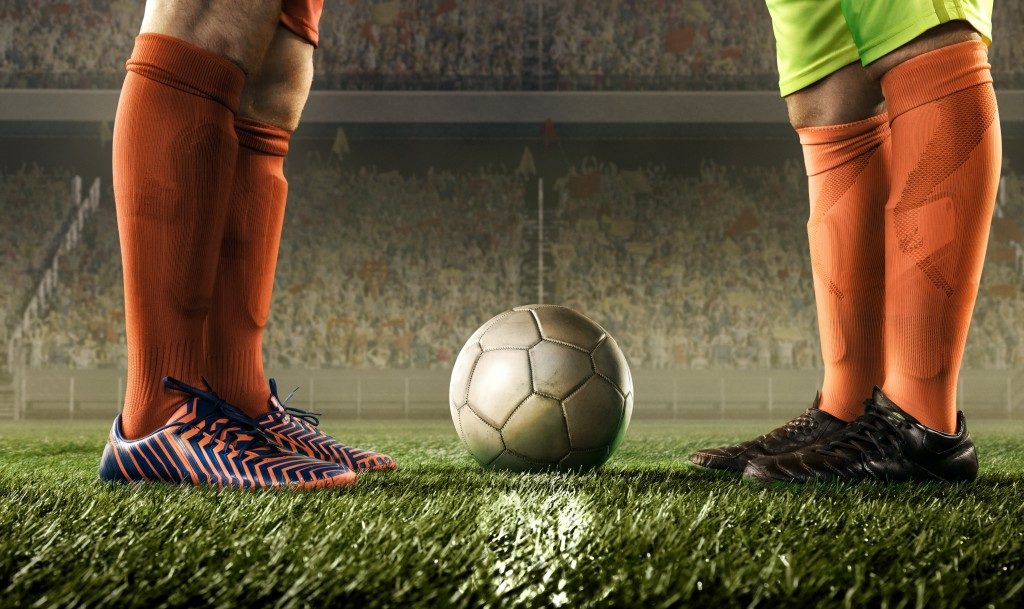New soccer cleats are introduced on the market weekly. As such, it can be quite daunting to pick the right ones for your style of play. The right soccer boots might not necessarily make you the best player, but they make the difference between you becoming an average player and the best one on the field.
Picking the right cleats is centered on getting the right insoles, uppers, midsoles, heel counters, and outsoles. The uppers on the soccer cleats available at a store with soccer gear for sale include the top of the boots, and the vamp or forefront.
They give you a feel of the soccer ball and will control your dribbling when playing. The top part of your soccer cleats’ uppers is called the ‘’strike zone’’ since it is the part that has contact with the ball. It is made of rubber or silicone since they have optimal ball control.
The following are the materials used for making a soccer cleats’ uppers.
Natural Leather
Most top-level soccer cleat uppers are either made of goat or calf skin. These leathers are considerably longer lasting compared to kangaroo leather and are used for mid-priced boots.
Natural leather boots also effectively mold to your foot’s shape and have a unique ball feel. They are however heavier compared with kangaroo leather boots and will not stretch so much.
Kangaroo Leather

This is the leading option used by high-end brands. Kangaroo leather is a premium and highly pliable material. The material will stretch and mold to fit your foot and makes high quality and lightweight boots.
The boots are unfortunately expensive compared to those made of other materials. Their high cost is attributed to the cost of kangaroo leather and legislation since a few states have banned the use of kangaroo leather.
Synthetic Leather
Some soccer boot brands have introduced synthetic leather into the market designed to reflect most of the properties of natural leather. Synthetic leather boots are perfect for mid and entry-level soccer players and are cheaper compared to those made of natural leather.
Moreover, most feature treatments that make them waterproof and last longer, even when playing in poor conditions. Synthetic leather cleats will not stretch much, but they are easy to clean and maintain.
Synthetic Materials
Synthetic boots are made from a thin material and will give you a slightly larger fit after your first wear. These boots are considerably light, allow the use of different dyes and incorporation of various designs and will dry out quickly when used in poor playing conditions.
Soccer cleats made of synthetic material are however not as durable and will last for a season or two. Furthermore, their comfort level will be locked in at purchase, and they might not stretch as much as other boots to mold your feet.
You cannot just walk into a soccer gear store and pick the best-looking cleats or those that fit your budget. Use this guide in choosing the right material for your cleat’s uppers. This way, you are sure that the soccer boots will not just serve you for an extended period but will also boost your play.

